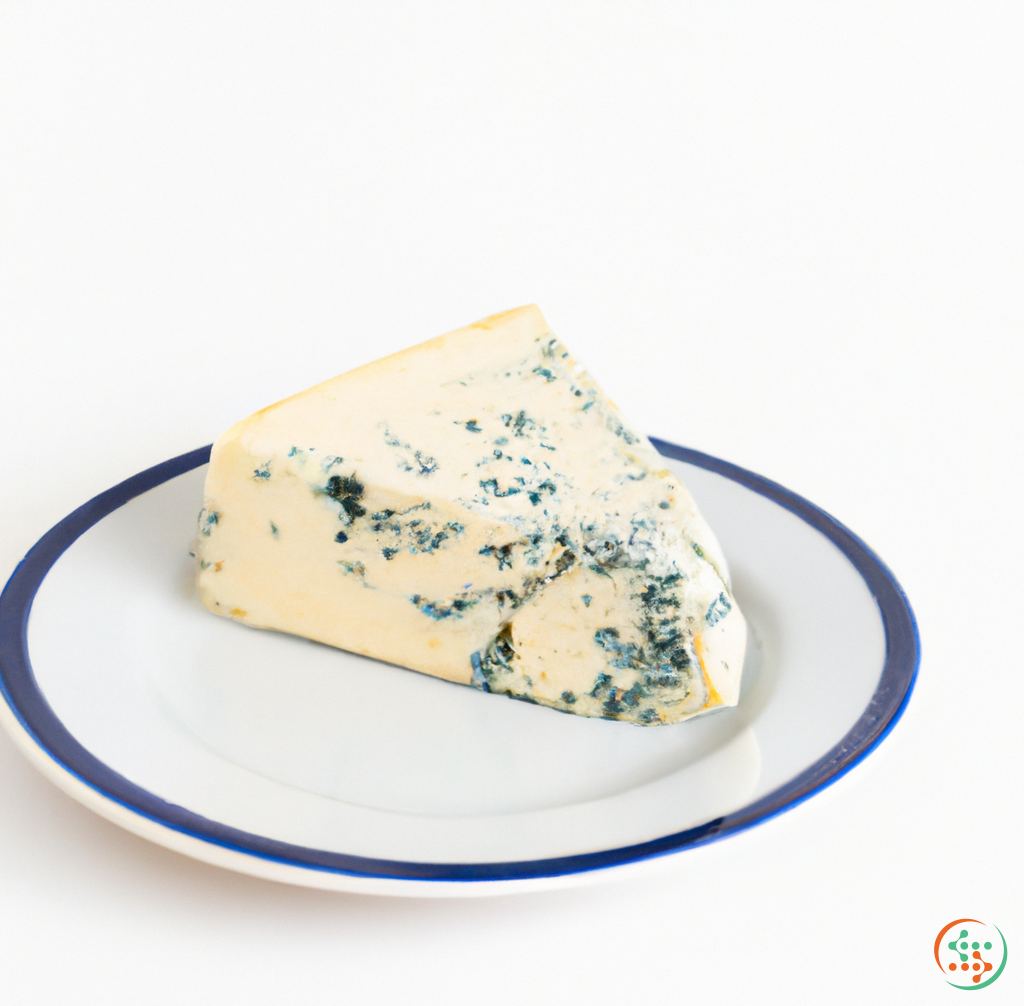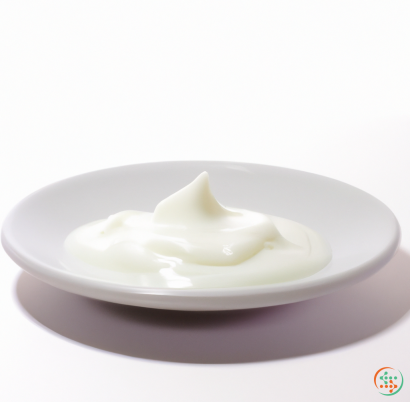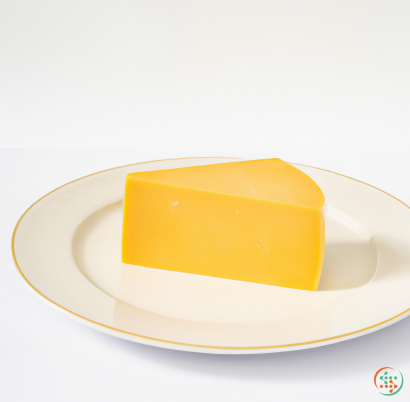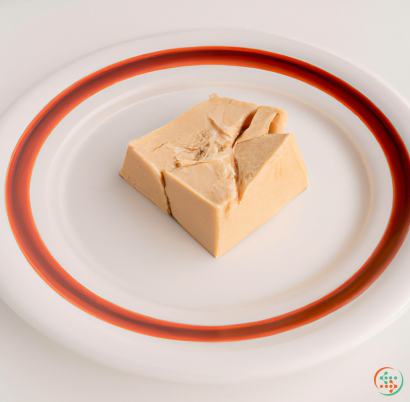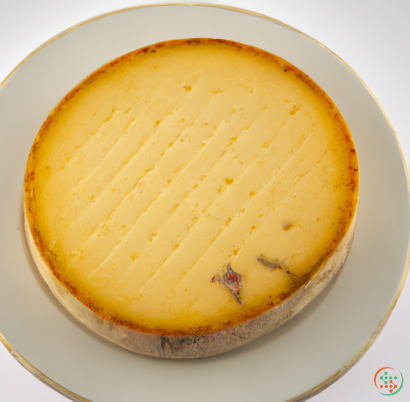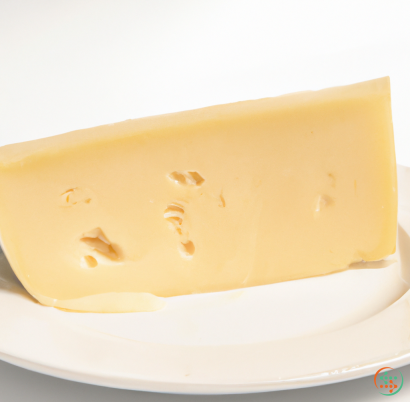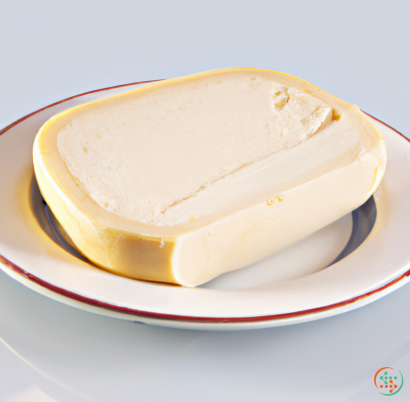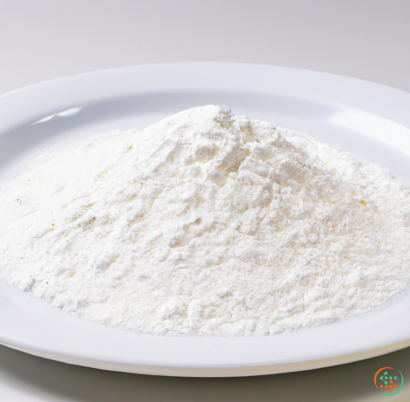Blue Cheese
What is a Blue Cheese?
If there’s one cheese that never fails to turn heads, it’s the mysterious and complex blue cheese. At first glance the veins of blue and green that sometimes cover the creamy interior can seem a little strange, but there’s so much more to this classic cheese than its unusual veining.
Blue cheese, also known as bleu, Roquefort or gorgonzola, is a type of cheese derived from cow's milk, sheep’s milk, or goat’s milk and cultured with particular strains of molds to form its signature marbled blue streaks. The blues present in the cheese are produced by harmless bacteria which infuse the cheese with that distinct sharp, salty, tangy taste.
Blue cheeses are incredibly versatile, either enjoyed on its own, melted onto a pizza or wrapped into a salad. No matter how you enjoy it however, the taste of a blue cheese, especially one of higher quality, will always give you a unique flavor experience.
The History of Blue Cheese
It’s believed that the cultivation of blue cheese began centuries ago, although its exact origins remain unclear. Some scholars point to Indigenous tribes of Asia Minor, who were the first to domesticate and milk cows, goats, and sheep between 7,000 and 8,000 years ago. Over time, these tribes were thought to have realized that the milk of these animals could be turned into cheese by adding certain wild bacteria.
Legend has it that Blue cheese was invented by a man from the Roquefort region of France. His story goes that he found a hunk of aged cheese during one of his typical hikes, and discovered its pungent, yet pleasing flavor. He soon began creating a version of the cheese using sheep’s milk and the region’s unique temperatures and humidity, which left blue veins throughout the cheese.
From Roquefort, the blue cheese’s recipe began to spread around Europe. Today, you can sample a variety of blue cheese around the world. Additionally, cheesemakers in the United States have begun to explore the art of blue cheese making, successfully creating their own versions of the cheese.
Types of Blue Cheese
The most widely-known type of blue cheese is Roquefort - a firm, raw cow’s milk cheese with a robust and earthy flavor. Then there’s also Gorgonzola, which is milder than Roquefort and usually made from pasteurized cow’s milk.
Additionally, Danish Blue cheese is milder in taste compared to Roquefort and Gorgonzola and is often crumbly in texture. It’s usually made from pasteurized cow’s milk and features a mild, nutty flavor. Finally, Stilton cheese is made from pasteurized cow’s milk and is characterized by its blue veins and strong, savory flavor.
For a unique blue cheese experience, Stichelton is worth exploring. This cheese is typically made from raw cow’s milk and is close to the original recipe of Stilton that was used during the 18th century.
How to Choose the Right Blue Cheese
When it comes to choosing the right blue cheese, always take your personal preferences into account. Ask yourself, do you prefer a milder, nutty flavor or something strong and savory? The texture of the cheese may also play a role in your decision as some, like Roquefort, tend to be firmer, while others, like Stilton and Stichelton are softer, spreadable options.
If you’re someone who prefers locally sourced products, try searching for chevre cheese made in the area you live in. The flavors and recipes can vary greatly depending on where the cheese maker is located. Additionally, select a cheese made with pasteurized milk if you’re looking for a safe option.
Conclusion
Whether served on a cheese plate or crumbled over a salad, blue cheese brings something unique to the table. Its sharp, salty, and tangy flavor makes it a favorite for foodies, and its versatile nature adds a touch of complexity to any meal. So the next time you’re planning a gathering, consider adding blue cheese and watch your guests’ faces light up with delight.
Cheese is a highly cherished delicacy in many parts of the world, and blue cheese is no exception. Despite its unique flavor, a lot of work and knowledge goes into making this delicious treat. This blog post will provide an in-depth look into how a blue cheese is created and eventually reaches a dinner plate.
The first part of the cheese-making process involves the initial production of raw milk. Most blue cheese is traditionally made with cow’s milk, but some producers are starting to create blue cheese with sheep’s and goat's milk. The quality of the milk is essential in the cheese-making process, as the flavors and textures of blue cheese are determined by the nutrients and chemical composition found in the milk used. Fresh, high-nutrient raw milk is usually needed for the crisp flavor of blue cheese. The best quality raw milk is free from any foreign microorganisms and rich in the essential proteins and lipids needed for proper cheese-making.
Once the raw milk has been obtained, the next step is to add cultures of bacteria to the milk. Cultures of bacteria such as lactobacillus, streptococcus, and penicillium roqueforti are added to the raw milk to both convert the natural lactose sugars into lactic acid and to create the distinct blue cheese flavor. The types of bacteria used are important, as they each have a unique role in the cheese-making process. For instance, the lactic acid bacteria convert the lactose sugars into lactic acid, which helps reduce the overall pH level of the milk. As the pH level drops, the proteins in the milk (which include casein and whey proteins) come together to form curd-like structures, which are essential for making cheese. While the lactic acid bacteria create the necessary acidity, the other two types of bacteria create the distinct blue cheese flavor. The streptococcus bacteria help to produce lactic acid while the penicillium roqueforti bacteria breaks down the fats and proteins of the cheese, producing the various blue and green veins of mold that are associated with blue cheese.
Once the appropriate bacterial cultures have been added to the milk, their activity is monitored over time to ensure the optimal amount of cheese-making transformation is taking place. The temperature of the milk is also closely monitored during this time as the ideal temperature for cheese-making ranges between 88 and 95 degrees Fahrenheit. During this stage, the cheese curds and whey separate from one another, with the whey containing the unwanted liquid waste materials while the curds contain the actual cheese. The temperature, acidity and amount of time are factors that when observed and controlled, help determine the texture, flavor and consistency of the cheese.
The next step of the cheese-making process involves the removal of the whey. The cheese curds are cut into small cubes, which helps release more of the whey from the cheese. These floating cubes are then gently stirred, allowing them to absorb more of the whey into their center and allowing the whey to separate from the cheese curds. After the majority of the whey has been removed, the cheese curds are transferred to molds and pressed into their final shapes. Depending on the desired shape of the cheese, a cheese cloth or special mold may be used to help create the hollow centers and distinctive rinds of both blue and non-blue cheese varieties.
Once the blue cheese has been formed, the next step is to move the cheese to the aging room. The aging room is usually the most crucial part of the entire cheese-making process and it is during this time that the cheese is able to develop its characteristic flavors and textures. The blue cheese is aged in a cool and humid environment that is between 35 and 55 degrees Fahrenheit with a relative humidity level between 85 to 95%. In this environment, the penicillium roqueforti bacteria that was initially added to the cheese continue to break down fats and proteins which contributes to the characteristic blue color and intense flavor of the cheese. The blue cheese also continues to release moisture into the air during the aging process, allowing for the distinct salty, tangy and sharp flavors associated with blue cheese. The length of time that the cheese is aged will determine its intensity of flavor, with the longest aged blue cheese being the most potent.
Once the blue cheese has aged for its required time, it is ready for packaging and delivery. Blue cheese is usually packaged in both a vacuum-sealed container and a special box to protect its delicate texture and maintain its unique flavor. It is then shipped to its destination, which can range from local markets to international retailers.
Once the blue cheese has reached its destination, it is then ready to be served. Depending on the type of blue cheese and the dish its used in, there are a variety of ways to enjoy blue cheese. Blue cheese can be eaten raw, used as a salad dressing, melted into dishes, or crumbled onto food to add extra flavor. The possibilities are endless, as blue cheese continues to be a highly appreciated and versatile food item.
In conclusion, blue cheese is a complex and delicate food item that requires knowledge and skill to craft to its fullest potential. From obtaining high-quality raw milk to creating the ideal aging conditions, every step of the cheese-making process has a crucial role in creating the perfect blue cheese wheel. Although there have been some advancements in the way blue cheese is produced, its traditional methods of production still remain relatively unchanged. One thing remains certain though - the unique flavor and texture of blue cheese will continue to make it a beloved food item for generations to come.
| Vitamin A | 0.198 mg | |
| Beta-Carotene | 0.074 mg | |
| Vitamin D | 0.5 ug | |
| Vitamin D3 | 0.5 ug | |
| Vitamin E | 0.25 mg | |
| Vitamin K | 0.0024 mg | |
| Vitamin B1 | 0.03 mg | |
| Vitamin B2 | 0.38 mg | |
| Vitamin B3 | 0.00102 grams | |
| Vitamin B4 | 0.0154 grams | |
| Vitamin B5 | 0.00173 grams | |
| Vitamin B6 | 0.17 mg | |
| Vitamin B9 | 0.036 mg | |
| Vitamin B12 | 0.00122 mg |
| Calcium | 0.528 grams |
Daily Value 1.3 g
|
| Iron | 0.31 mg |
Daily Value 0.018 g
|
| Magnesium | 0.023 grams |
Daily Value 0.4 g
|
| Phosphorus | 0.387 grams |
Daily Value 1.25 g
|
| Potassium | 0.256 grams |
Daily Value 4.7 g
|
| Sodium | 1.146 grams |
Daily Value 2.3 g
|
| Zinc | 0.00266 grams |
Daily Value 0.011 g
|
| Copper | 0.04 mg |
Daily Value 0.9 mg
|
| Manganese | 0.01 mg |
Daily Value 0.0023 g
|
| Selenium | 0.0145 mg |
Daily Value 0.055 mg
|
| Tryptophan | 0.312 grams | |
| Threonine | 0.785 grams | |
| Isoleucine | 1.124 grams | |
| Leucine | 1.919 grams | |
| Lysine | 1.852 grams | |
| Methionine | 0.584 grams | |
| Cystine | 0.107 grams | |
| Phenylalanine | 1.087 grams | |
| Tyrosine | 1.295 grams | |
| Valine | 1.556 grams | |
| Arginine | 0.711 grams | |
| Histidine | 0.758 grams | |
| Alanine | 0.644 grams | |
| Aspartic Acid | 1.436 grams | |
| Glutamic Acid | 5.179 grams | |
| Glycine | 0.406 grams | |
| Proline | 2.1 grams | |
| Serine | 1.12 grams |
| Total Sugars | 0.5 grams |
per 100g
|
| Caproic acid (6:0) | 0.36 grams |
|
| Caprylic acid (8:0) | 0.25 grams |
|
| Capric acid (10:0) | 0.6 grams |
|
| Lauric acid (12:0) | 0.49 grams |
|
| Myristic acid (14:0) | 3.3 grams |
|
| Palmitic acid (16:0) | 9.15 grams |
|
| Stearic acid (18:0) | 3.24 grams |
|
| Butyric acid (4:0) | 0.66 grams |
|
| Total Saturated fatty acids: | 18.05 g | |
| Oleic acid (18:1) | 6.62 grams |
|
| Palmitoleic acid (16:1) | 0.82 grams |
|
| Total Monounsaturated fatty acids: | 7.44 g | |
| Linolenic acid (18:3) | 0.26 grams |
|
| Linoleic acid (18:2) | 0.54 grams |
|
| Total Polyunsaturated fatty acids: | 0.8 g | |
| Cholesterol | 0.08 grams |
|
| Total Sterols: | 0.08 g | |
